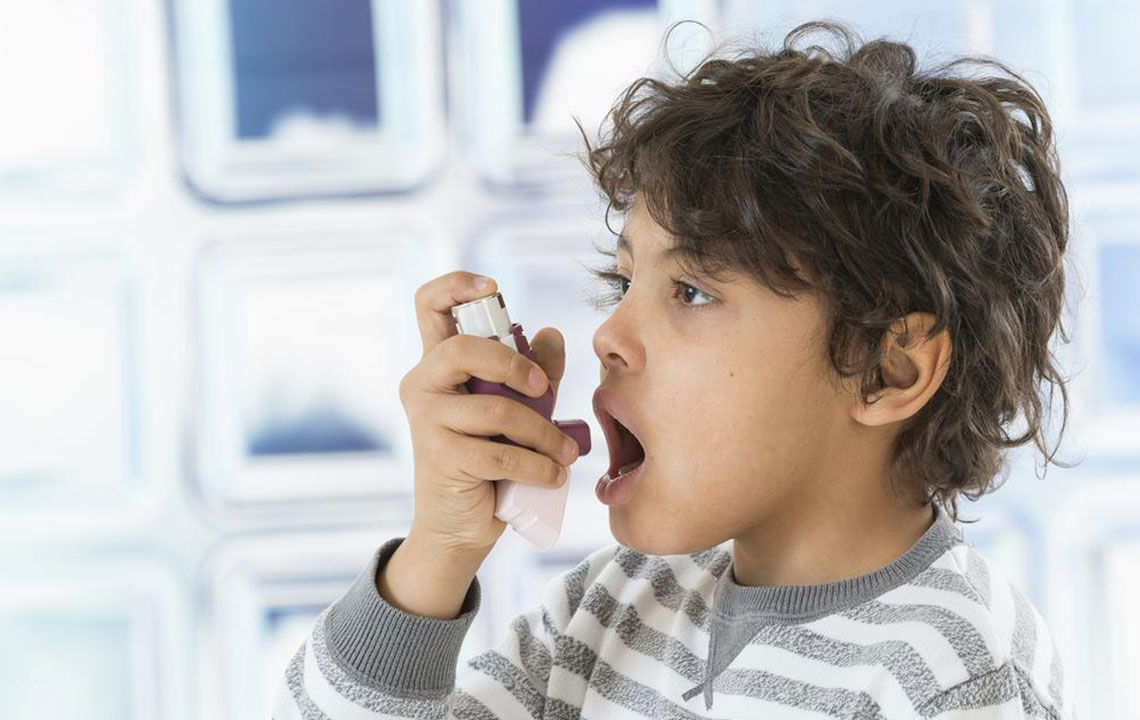How To Deal with Nasal Spray Allergies

A blocked nose could be one of the worse health conditions. Blocked nose puts a person in a delirious state where you cannot breathe and smell properly. In many cases, it also affects the general concentration level of the person. In such a situation, you can take the help of over-the-counter nasal sprays.
Although such drugs often work as a charm, its prolonged usage could not just diminish the level of working of the nasal spray but in many situations, a person becomes immune to the effects of the nasal spray. This is a form of nasal spray allergy. Nasal sprays work by shrinking the congested blood vessels and thus, the blocked passages of the nose are clear. However, after a certain span of time, these blood vessels no longer respond to the medicine. You keep spraying your favorite and most trusted brand but without any effect!
This is one of the main reasons why such topical nasal spray bottles come with a direction instructing that you must not use the medicine for more than 5 days at a stretch.
Nasal spray allergies: A worse rebound
People often do not give much importance to such warnings provided on nasal spray bottles. In fact, many think that nothing bad could happen if they take nasal sprays for a couple of more days. This is one of the wrong notions that are entertained by a lot of people. Often when a decongestant is taken for a long time, it has worse effects on the person.
A nasal spray allergy is one such bad effect. A person with nasal spray allergy can have itchy and watery eyes. Often the nasal congestion is so stubborn that it just does not go away. In many cases, these sprays do not give the results you are looking for. Even if you increase the dosage and the frequency of administration of the spray, it doesn’t help much. Often a person might become addicted to such nasal sprays. This can result in the person experiencing bad headaches and troubled sleep at night. Increasingly, there is a feeling of anxiety and restlessness.
Some possible ways to prevent nasal spray allergies
As the name of the problem suggests the nasal spray allergy is triggered off by prolonged usage of a certain type of nasal spray. This is a problem that can be prevented by cutting off the usage of certain specific nasal spray. In this situation, the following three things could be tried to prevent nasal spray allergy:
- In case you have nasal spray allergies, you must try certain other decongestants that can be taken through the mouth. The chemical compositions of the medicines must be different and must not come with the same set of problems and risks. The aspects of blood sugar and blood pressure must be borne in mind.
- Switching of methods could be very helpful. In case you are having a nasal spray allergy then you can go for a nasal saline that can be useful in clearing the stuffy nasal passages.
- Please do not form a habit of continuous use of the nasal spray. You can either use the spray just once in 12 hours or for just 3 days. The cycle must not be prolonged over a long tenure; otherwise, it could lead to some of the major and severe nasal spray allergies.
Get rid of your habit of using nasal spray
In fact, this is one way that might sound and look to be the toughest for the first 1 week, but it will render the best effects for nasal spray allergy. You can take the help of your doctor to make the process easier. Often doctors prescribe strong steroid doses that you can take orally. Additionally, they can also prescribe various other forms of medication such as nasal emollients and alternative therapies depending on your condition. This is a situation where having a strong willpower will make your journey easier.
However, this problem is mild in nature and you can easily get over it if you really want to. Nasal spray allergies are not severe in nature. This is a mild rebound that could be ably handled with a proper guidance of drugs and other alternative medications. Often a combination of alternate medications could be rather helpful to handle the whole situation and break the cycle of dependence on nasal sprays. All it requires is a good medical guidance and a strong willpower.


